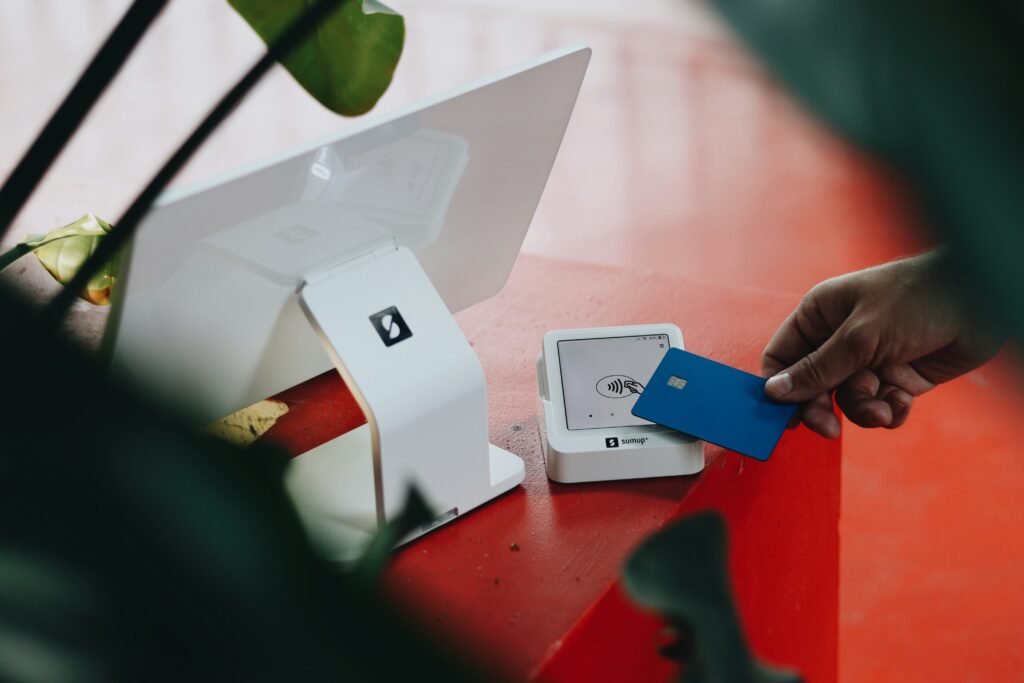
In today’s fast-moving digital world, having the ability to receive credit card payments online isn’t just a nice-to-have; it’s a necessity. Whether you’re a freelancer, a startup founder, or running a growing e-commerce business, giving your customers a smooth, secure way to pay can make a big difference in your sales and customer experience. In this guide, we’ll walk through the best tools and methods to help you set up credit card payments online in 2025 with ease, security, and confidence.
Why Accepting Online Payments Matters More Than Ever
The shift toward cashless and contactless payments has been happening for years, but it’s now in full swing. With more people shopping online and businesses expanding globally, offering multiple payment options is a must. Credit cards remain one of the most preferred payment methods because of their convenience and buyer protections.
When your business accepts online card payments, you’re also building trust. Customers tend to feel more confident buying from businesses that offer familiar and secure payment gateways. So, the easier you make it to pay, the easier it becomes to grow your revenue.
Choosing the Right Payment Gateway
Payment gateways power the behind-the-scenes magic of online credit card transactions, acting as the secure bridge that connects your customer, their card issuer, and your business bank account.
In 2025, some of the top-rated payment gateways include:
- Stripe – Popular for developers and online businesses, it offers great flexibility and global reach.
- Square – Known for its all-in-one payment tools for small businesses, including ecommerce and POS.
- PayPal – Widely trusted by customers and offers seamless integration with many platforms.
- Adyen – Gaining popularity for businesses scaling internationally.
- Shopify Payments – A built-in solution for Shopify users that simplifies everything.
When choosing a gateway, consider the transaction fees, supported countries, ease of integration, and customer support.
Setting Up Payments on Your Website
If you run your own website or online store, integrating a payment system is easier than ever. Many platforms now offer plug-and-play solutions, so you don’t need to be a tech wizard.
For ecommerce websites, most website builders like Shopify, WooCommerce (WordPress), Wix, and BigCommerce support a wide variety of credit card processors. You’ll usually just need to create an account with your preferred payment provider and connect it to your site.
If you’re selling services or digital products, platforms like Gumroad, Payhip, or Podia also make it simple to accept payments with minimal setup.
Invoicing Tools for Freelancers and Service-Based Businesses
Not all businesses run an online store. For freelancers, consultants, and agencies, sending digital invoices that clients can pay by credit card is a smart solution.
Platforms like:
- FreshBooks
- Wave
- QuickBooks Online
- Zoho Invoice
let you craft professional, custom-branded invoices complete with a built-in payment button, making it effortless for clients to pay you in just a few clicks.
Mobile Payment Options
For businesses that operate both online and in person like fitness coaches, market stall vendors, or pop-up shops, mobile payment solutions are a game-changer. In 2025, mobile card readers and digital wallets are more advanced and more secure.
Tools like Square Reader, Zettle, or SumUp allow you to accept card payments on your smartphone or tablet. Some of these even support tap-to-pay, so you don’t need any extra hardware, just your phone.
These tools sync seamlessly with your online systems, so whether a customer pays on your website or in person, your records stay up to date.
Digital Checkout Platforms for Subscriptions and Courses
If you run an online membership, course, or subscription service, look for platforms that are built for recurring billing.
Kajabi, Thinkific, Teachable, and MemberPress are designed with online educators and content creators in mind. These platforms not only accept credit card payments but also manage access, automate renewals, and handle refunds securely.
Having a dedicated checkout system ensures that customers experience a smooth journey from payment to content delivery.
What About Security and Compliance?
With online payments comes responsibility. In 2025, customers are more aware of privacy and data protection than ever before. You need to make sure the tools you use are PCI DSS compliant (a global security standard for card transactions) and that they offer SSL encryption.
The good news is that most reputable payment platforms handle this for you. Still, you should also take some precautions on your end:
- Keep your website updated and use trusted plugins.
- Avoid storing credit card information directly.
- Use two-factor authentication where possible.
These steps help protect your business and your customers from fraud or data breaches.
Final Thoughts
There’s no one-size-fits-all answer when it comes to the best way to receive payments online but the good news is, in 2025, your options are better than ever. Whether you want to set up a sleek online store, invoice clients, or collect recurring payments for your digital course, there’s a secure and user-friendly solution out there for you.
Start small, choose a tool that fits your workflow, and grow from there. When paying you feels effortless, building a thriving online business becomes second nature.
